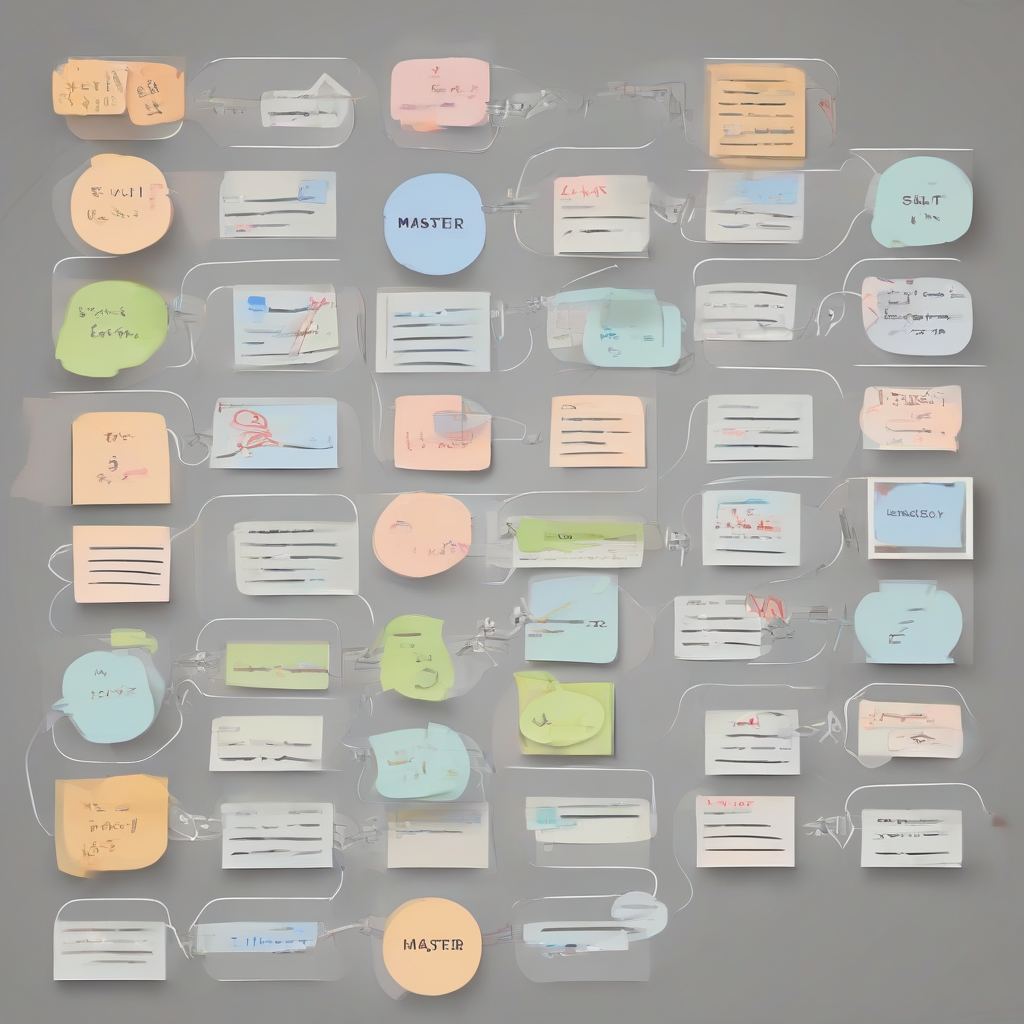Master Data Management (MDM): A Comprehensive Guide

Master Data Management (MDM): A Comprehensive Guide
Master Data Management (MDM) is a critical component of any modern organization's data strategy. It involves the creation and maintenance of a single, consistent, and accurate view of key data entities across the enterprise. This guide provides a comprehensive overview of MDM, covering its principles, benefits, key processes, and implementation strategies.
What is Master Data Management (MDM)?
MDM is a holistic approach to managing and governing critical business data, often referred to as master data. This data represents the core entities of an organization, such as customers, products, suppliers, locations, and employees. It forms the foundation for accurate decision-making, efficient business processes, and effective customer interactions.
- Single Source of Truth: MDM ensures a single, authoritative source for critical data, eliminating inconsistencies and data silos across different systems and departments.
- Data Quality: MDM focuses on improving data accuracy, completeness, consistency, and timeliness, leading to more reliable business insights and improved decision-making.
- Data Governance: MDM establishes clear data ownership, responsibilities, and processes for data management, ensuring compliance with regulations and business rules.
- Data Integration: MDM facilitates the integration of master data from various sources, enabling a unified view of business entities across the organization.
- Data Consistency: MDM ensures consistent data representation across different systems and applications, minimizing errors and improving data quality.
Benefits of Master Data Management
Implementing a robust MDM program offers numerous benefits to organizations, including:
- Enhanced Decision-Making: Accurate and consistent data empowers organizations to make informed decisions based on reliable insights.
- Improved Customer Experience: MDM enables personalized customer interactions, reduces errors, and enhances customer satisfaction.
- Increased Operational Efficiency: Streamlined data processes and consistent data across systems lead to improved operational efficiency and reduced costs.
- Reduced Risk: MDM minimizes data inconsistency, improves data quality, and enhances regulatory compliance, reducing operational and financial risks.
- Enhanced Data Governance: MDM establishes clear data ownership, policies, and procedures, fostering data quality and accountability.
- Improved Business Agility: MDM allows organizations to respond quickly to changing market conditions and customer demands by leveraging accurate and consistent data.
- Increased Revenue and Profitability: Improved decision-making, enhanced customer experience, and increased operational efficiency contribute to increased revenue and profitability.
Key Processes in Master Data Management
MDM involves a series of key processes to ensure the successful management of master data.
- Data Identification and Definition: Identifying and defining the key master data entities and attributes essential for the organization.
- Data Acquisition: Gathering master data from various sources, including internal systems, external databases, and manual inputs.
- Data Cleansing and Standardization: Cleaning and standardizing data to ensure consistency, accuracy, and completeness, using data quality tools and processes.
- Data Matching and De-duplication: Identifying and removing duplicate records, ensuring a single and accurate representation of each master data entity.
- Data Enrichment: Adding additional information to master data records, such as contact details, demographics, and financial data.
- Data Validation and Approval: Validating data against predefined rules and business logic, ensuring data accuracy and adherence to governance policies.
- Data Distribution and Synchronization: Distributing and synchronizing master data across different systems and applications, maintaining consistency across the enterprise.
- Data Governance and Monitoring: Establishing clear ownership, policies, and processes for data management, including data quality monitoring and reporting.
Master Data Management Implementation Strategies
Implementing an effective MDM program requires careful planning and execution. Here are some key strategies:
- Define a Clear Business Case: Identify the specific business challenges and opportunities that MDM can address, quantifying the expected benefits and return on investment (ROI).
- Identify Key Data Entities: Determine the critical master data entities that require MDM, considering their importance for business processes and decision-making.
- Choose the Right MDM Solution: Select an MDM solution that meets the organization's specific requirements, considering factors like data volume, complexity, scalability, and integration capabilities.
- Establish a Data Governance Framework: Define clear data ownership, responsibilities, policies, and procedures for data management, ensuring compliance and data quality.
- Implement a Phased Approach: Start with a pilot project for a specific data entity, then gradually expand the MDM program to other entities and systems.
- Ensure Data Quality: Invest in data quality tools and processes to ensure accurate, complete, consistent, and timely data throughout the MDM lifecycle.
- Foster Collaboration and Communication: Engage all stakeholders, including business users, IT professionals, and data experts, to ensure effective communication and collaboration throughout the implementation process.
- Monitor and Evaluate: Regularly monitor the performance of the MDM program, measure key metrics, and make adjustments as needed to optimize data quality and business outcomes.
Conclusion
Master Data Management is an essential component of any organization's data strategy. By establishing a single source of truth for critical business data, MDM enables organizations to make more informed decisions, improve customer experiences, increase operational efficiency, and achieve significant business outcomes. Implementing an effective MDM program requires careful planning, a comprehensive approach, and commitment to ongoing monitoring and improvement.
What's Your Reaction?
















